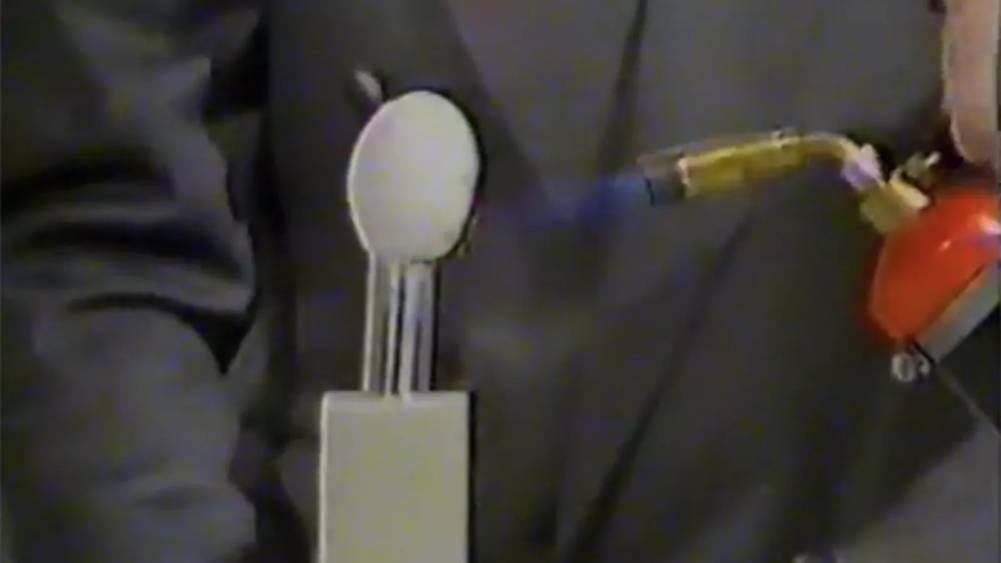 Starlite.
Starlite.
According to popular research this amazing stuff has been reproduced. Perhaps not as the original, but certainly works equally well. That seems to be down to its geometry as much as its chemistry, and thats what I'm leveraging here.
Carbon
Starlite is made predominantly of Carbon, with extra Carbon locked up in its structure redundantly that it uses to reinforce itself when it is burned, so it retains structural integrity. It isnt so much fire proof, as flame resistant. The outer surface burns and blisters, making a shield over the core which doesnt even heat up.
Ingredients
For all this carbon, the ingredients are actually simple. Corn Starch provides the bulk of the carbon, with some extra locked up in Sodium Carbonate dissolved into the PVA binder. Corn Starch bulks up during hydration several times its dry volume, so a lot of PVA is needed to make a Starlite dough with an appreciable volume, and its way too thick to apply as a paint so it winds up expensive for large areas.
The PVA however is just a binder and it can be wetted down considerably before it affects the finished product...
Perlite
Perlite is a natural volcanic stone, in fact its a foam of magnesium/aluminium and calcium oxides similar to Meerschaum, which actually floats on water, and used to be used to carve tobacco pipes from. It is used commercially in horticulture because being a glassy foam it holds a lot of water in its structure and works like a sponge in soil, creating reservoirs of moisture to keep it from drying. Perfect for flower pots...
Being volcanic, it is also heat resistant, and when mixed with a binder like a glue it sticks together like a Cocoa Krispie. And that is how the stuff will work with the Starlte...
Starcrete
Experimenting with Perlite and binders before, I established you really need to mix it at something like a 5:1 ratio of filler to binder, so a litre of Starlite will make 6 litres of Starcrete. I'm estimating this of course based on experience, and I also think I should be able to water the PVA down 2:1 for that as well, maybe even 3:1. We will see...
I will experiment with the ratios to make simple tiles and bricks to experiment with, but the use case for mine is my workshop.
This has a 1.5inch cavity wall that I will be filling with Starcrete to insulate and fire-proof it, and I have yet to figure out the volume I'll need.
 Morning.Star
Morning.Star


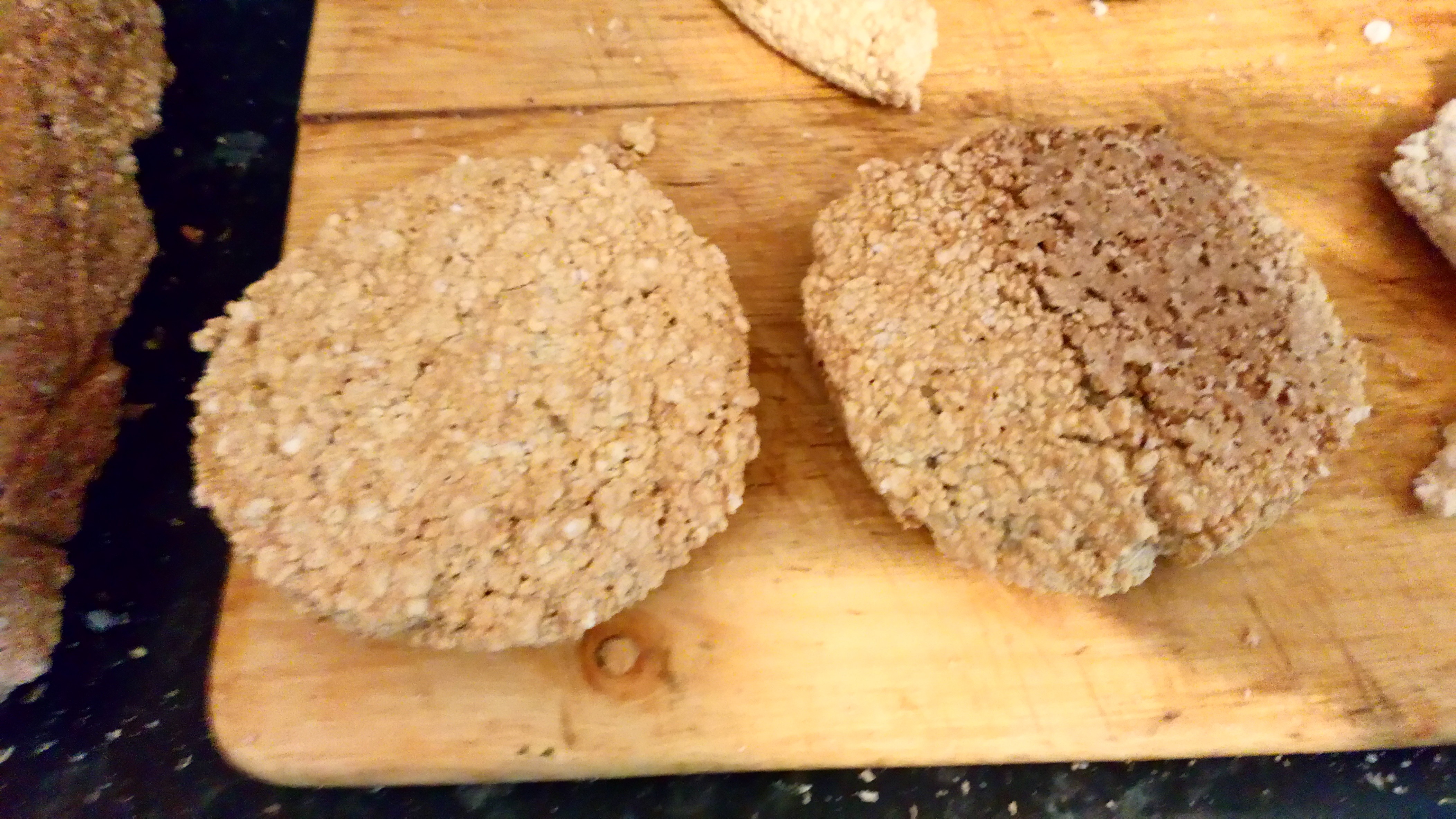
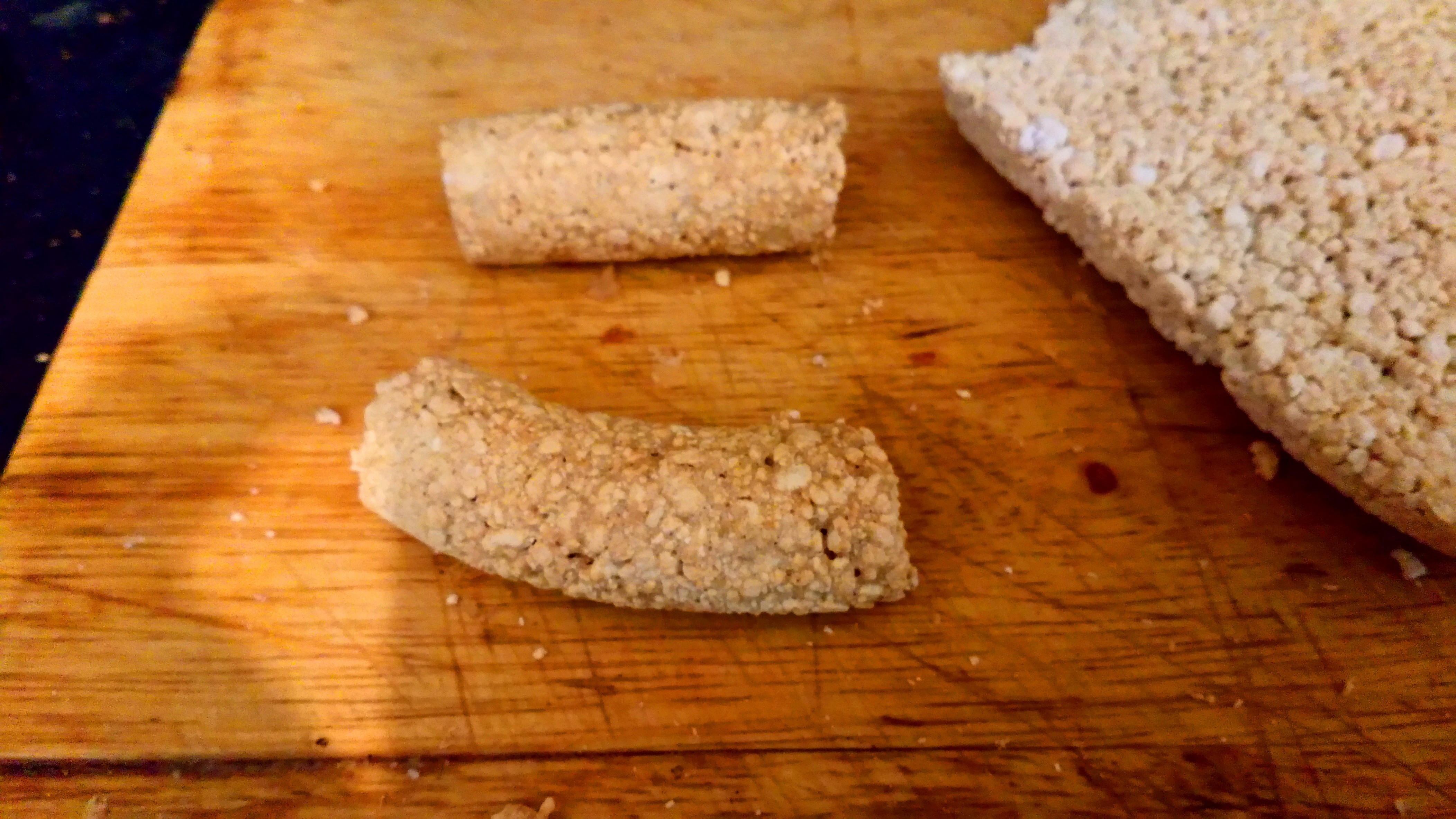
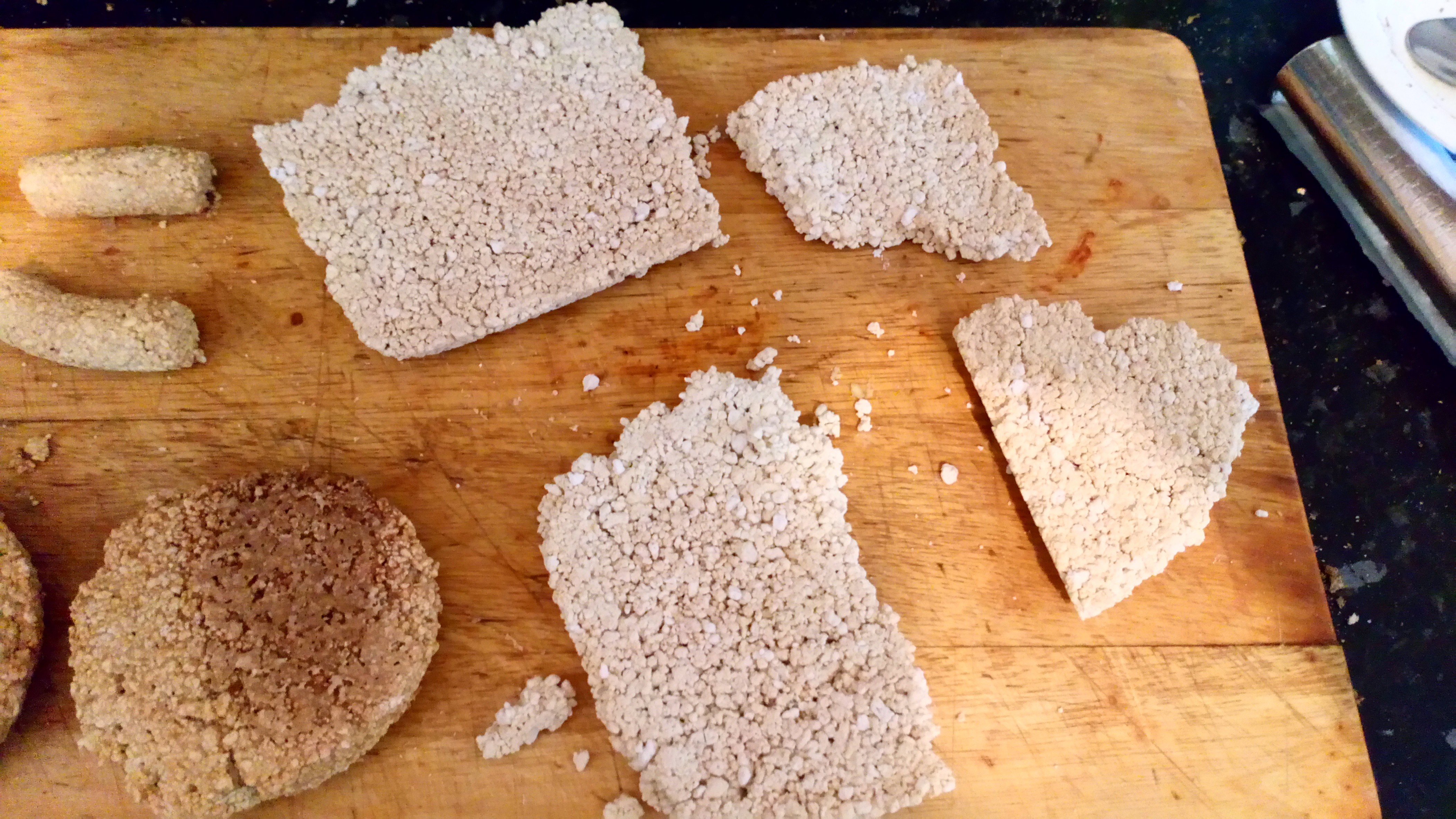
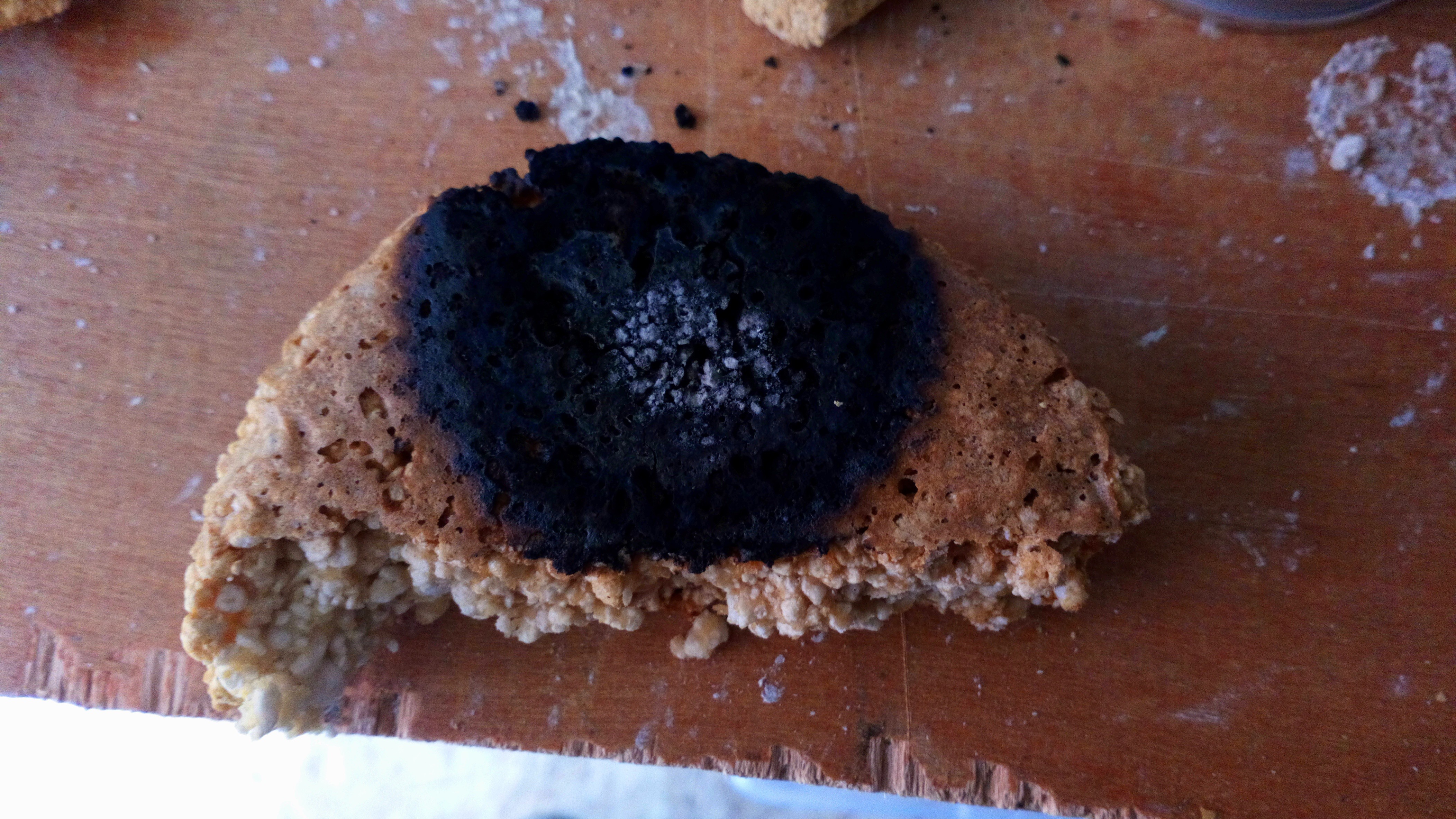
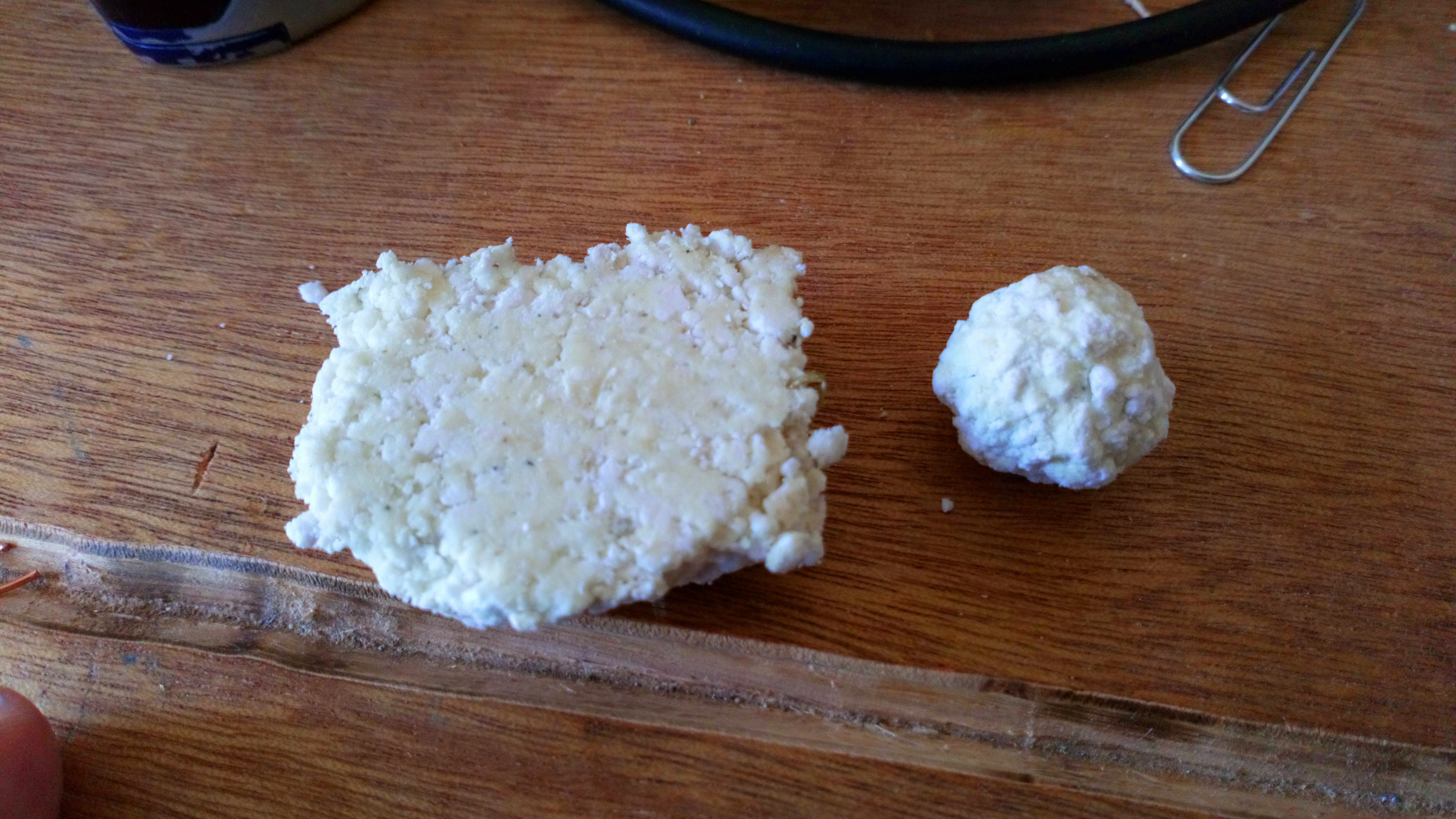

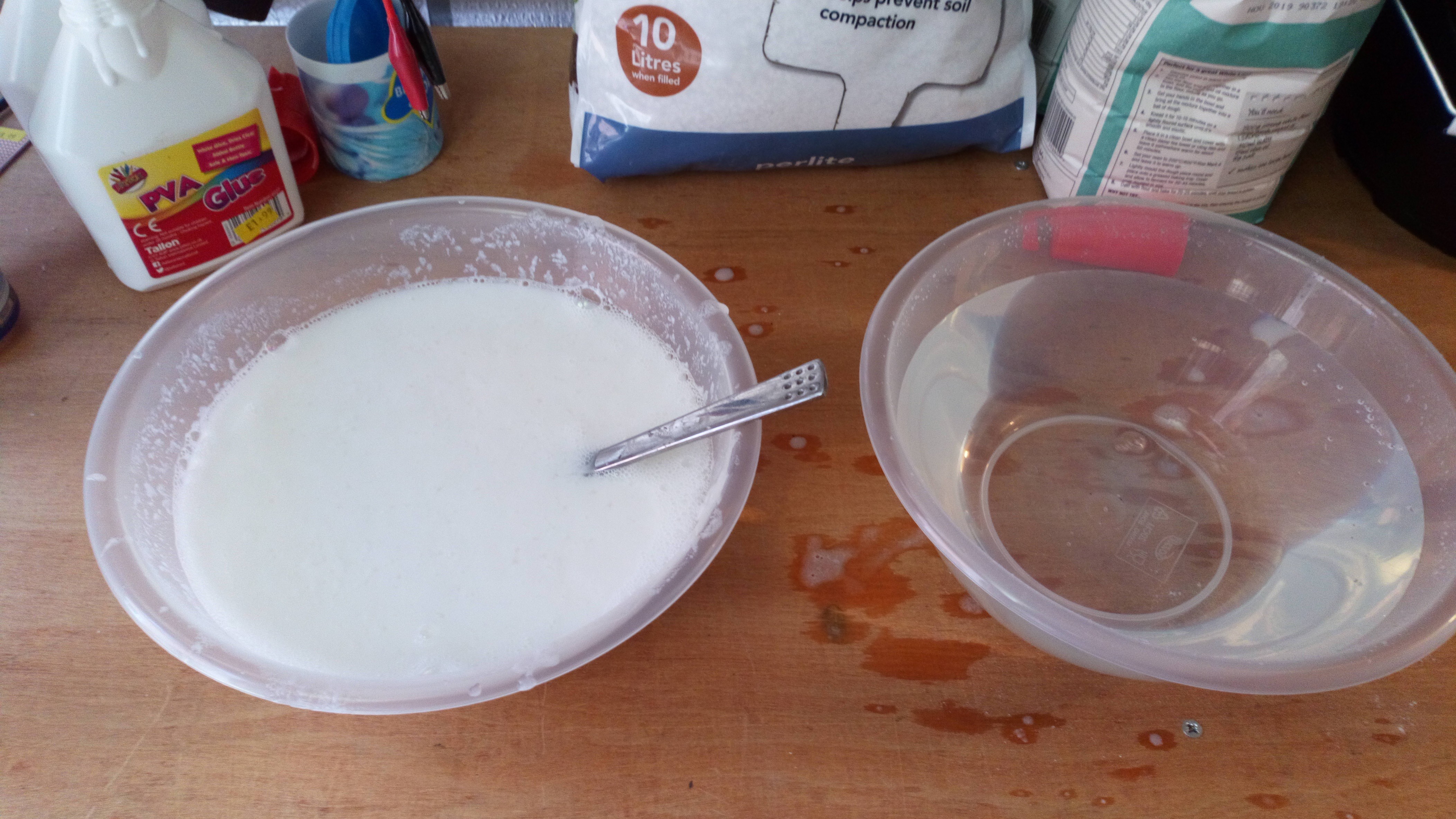
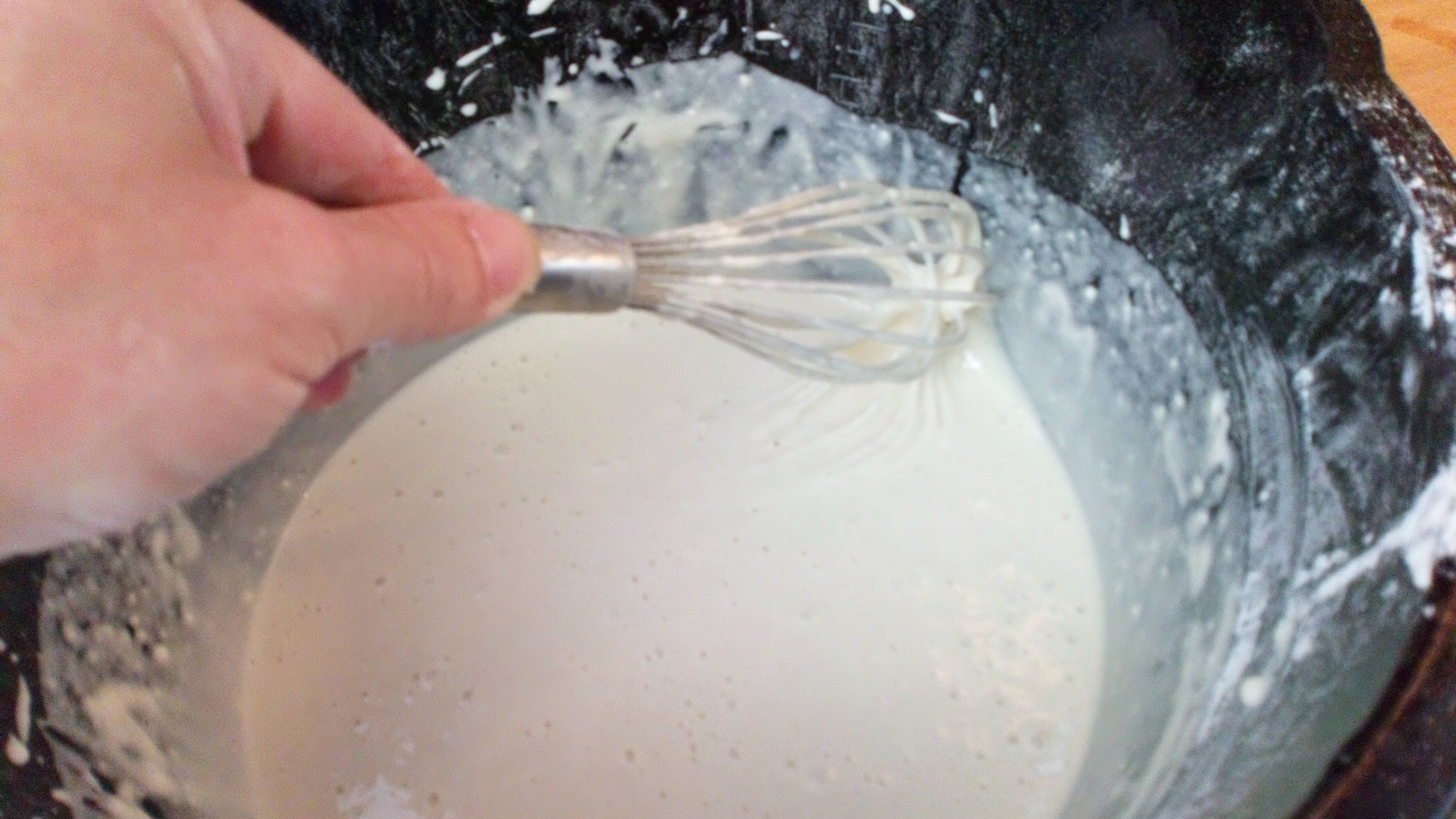

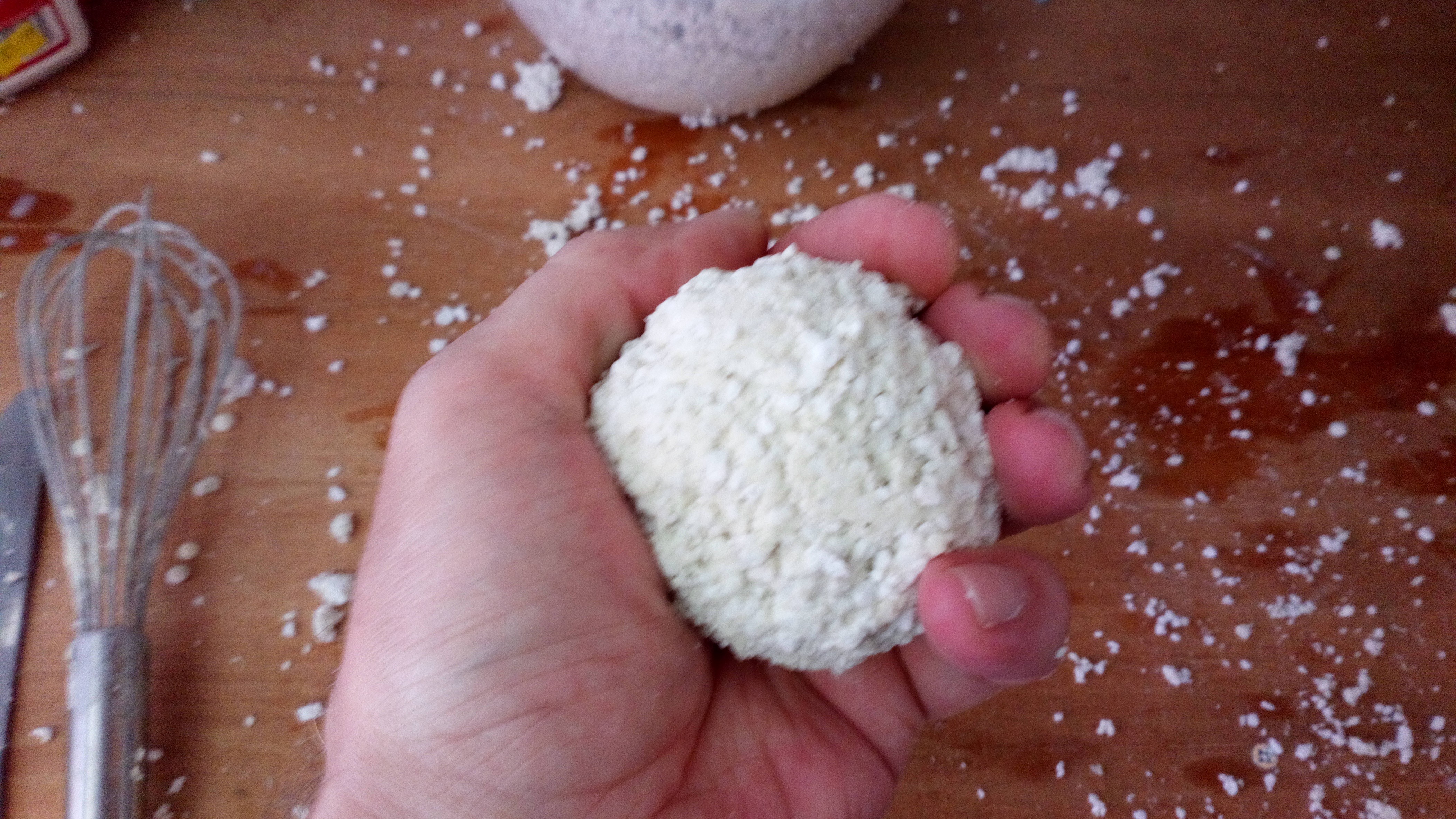
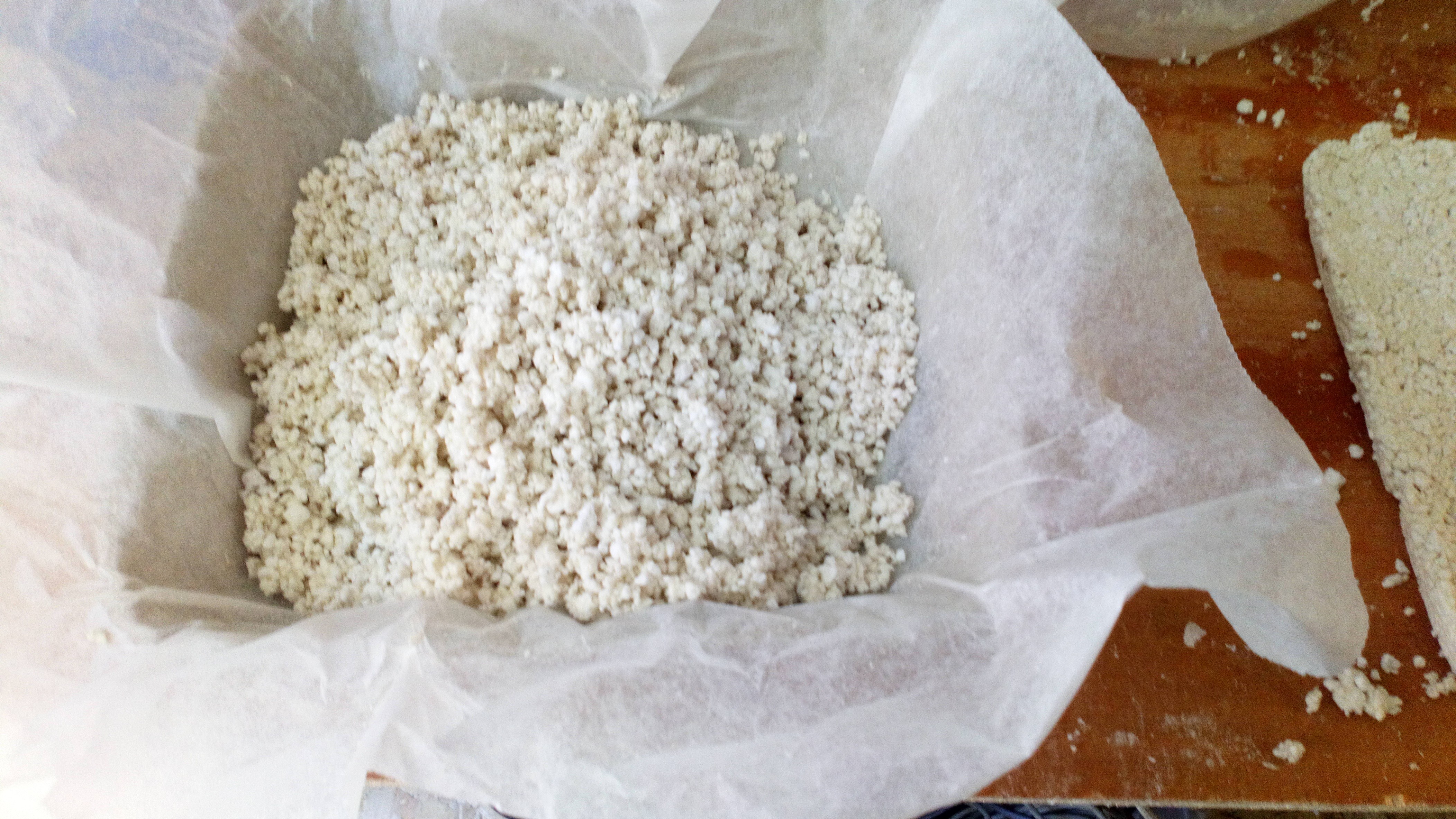
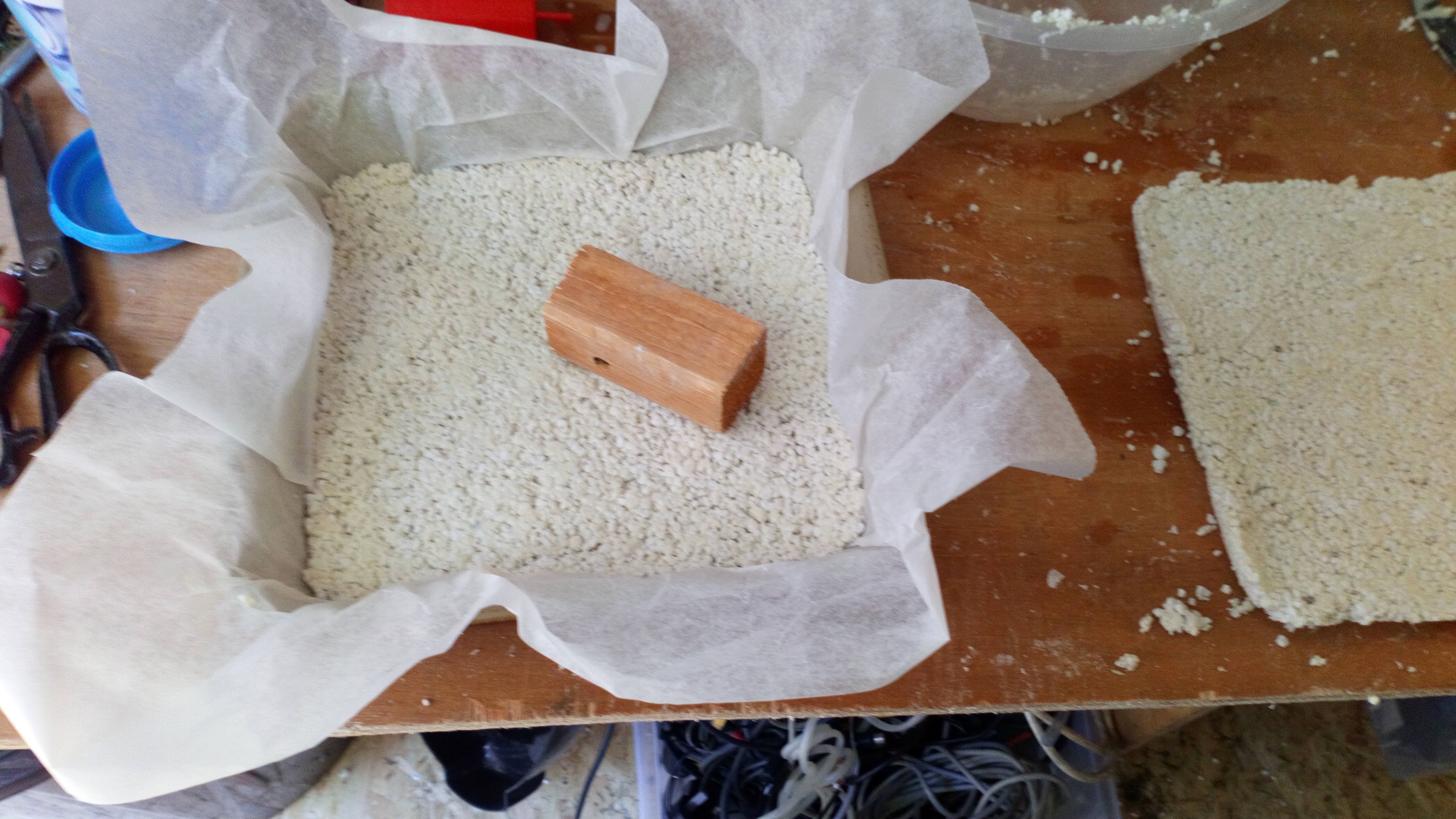
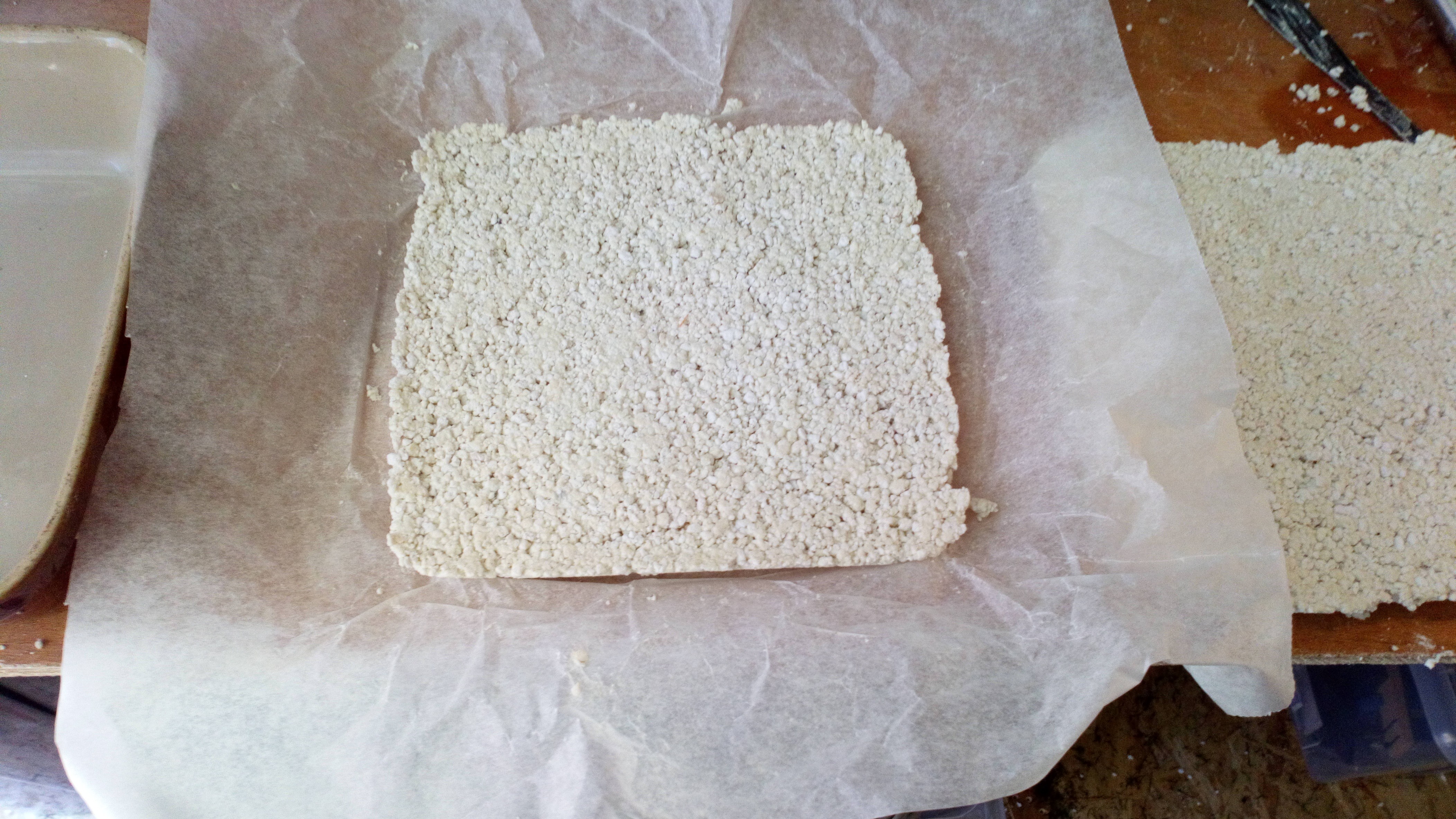


 Jan
Jan
 The Big One
The Big One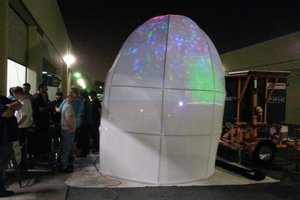
 T. B. Trzepacz
T. B. Trzepacz
 Thomas Thiel
Thomas Thiel
The image which you used as banner for your website is looking good one. One colorful item on white background always looks good one. We should use such http://www.myhorizonchurch.org which can attract people towards our posts.